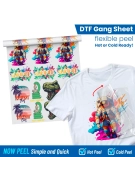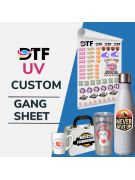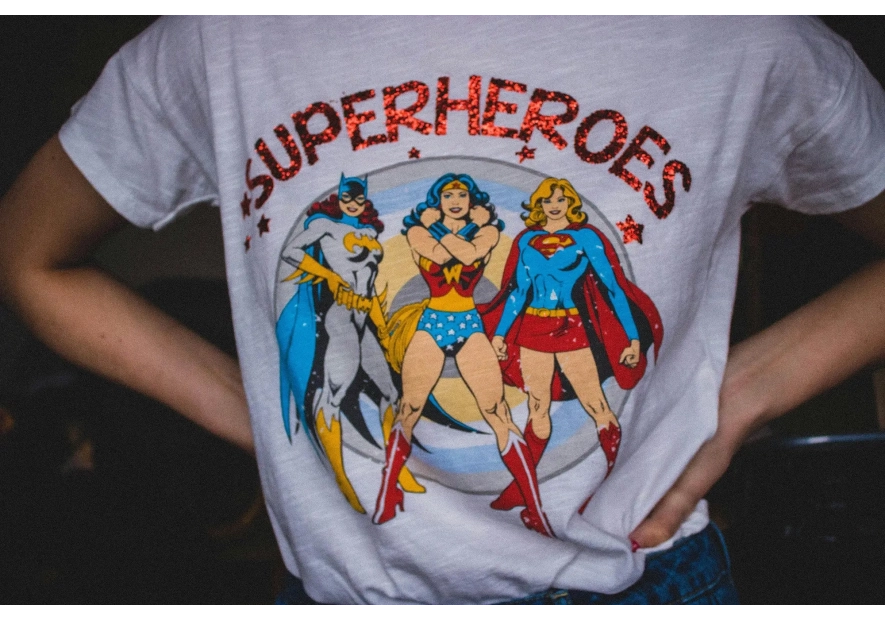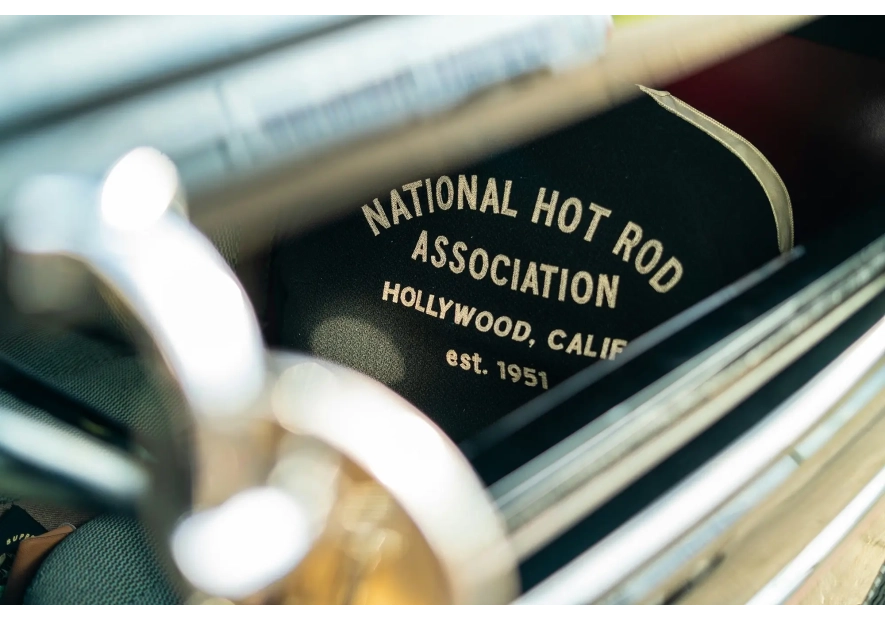The Art of UV DTF Transfers: A Comprehensive Guide to Perfect Cup Customization

Customization is a form of expression, a way to make something uniquely yours. Whether it’s a t-shirt, a phone case, or a cup, personalization can turn an ordinary item into a treasure. In recent years, a new player has emerged in the realm of customization: UV DTF transfers. This innovative technique has revolutionized how we think about personalizing objects, especially cups. In this comprehensive guide, you'll gain a deeper understanding of UV DTF transfers and how you can use them to perfect cup customization.
Introduction to UV DTF Transfers
You may be wondering, what exactly are UV DTF transfers? The term DTF stands for Direct to Film, and UV refers to ultraviolet light used in the process. This technology involves printing a design onto a special film and then transferring it directly onto a surface using UV light and adhesives. It's a relatively new method that has quickly gained popularity due to its versatility and high-quality results.
The process begins with creating a digital design, which is then printed onto a transparent film. This print is coated with a layer of adhesive and cured under UV light. Once cured, the design can be applied to the desired surface, such as a ceramic or glass cup. The adhesive ensures that the design sticks to the cup, while the UV curing process guarantees that it stays there, vibrant and durable.
Understanding the basic principles of UV DTF transfers is essential because it sets the stage for mastering the technique. As you delve into the world of UV DTF transfers, you'll discover that they offer a unique combination of precision, durability, and creativity, making them perfect for customizing cups and other items.
What Makes UV DTF Transfers Unique?
When diving into the customization techniques available, you'll find that UV DTF transfers stand out from the crowd for several reasons. Firstly, the level of detail that can be achieved with UV DTF transfers is unparalleled. Unlike traditional screen printing, which can be limited by the number of colors or the complexity of the design, UV DTF transfers can reproduce full-color images with intricate details and shading.
Another distinctive feature of UV DTF transfers is their ability to adhere to a wide range of materials. Whether you're working with plastic, glass, or metal cups, UV DTF transfers can bond effectively, opening up a world of possibilities for your customization projects. This versatility is particularly beneficial for businesses that offer personalized items, as it allows them to cater to a broader audience.
Lastly, the durability of UV DTF transfers is a significant advantage. The UV curing process hardens the adhesive and the ink, making the design resistant to wear and tear. This means that your customized cups can withstand daily use, washing (no dishwasher), and exposure to sunlight without the design fading or peeling. As a result, UV DTF transfers are not just a way to create beautiful custom cups but also a method to produce high-quality, long-lasting items.
How UV DTF Transfers Work
The magic behind UV DTF transfers lies in a meticulous process that combines modern printing technology with chemical adhesion and UV curing. Understanding how this process works will empower you to create flawless customizations on cups and other items. Let's break down the steps to give you a clearer picture of how UV DTF transfers work.
First, the design is printed onto the DTF film using a special kind of ink that is formulated to be cured by UV light. This ink is typically composed of photo initiators and monomers that react when exposed to UV radiation, creating a solid, durable print. The precision of the printing technology ensures that every detail of your design is captured perfectly on the film.
Once the design is printed, an adhesive layer is applied over it. This adhesive is also UV-reactive, which means it won't become sticky until it's exposed to UV light. At this stage, the film is ready to be transferred onto the cup. The film is placed onto the cup's surface with the adhesive side down, and then it's exposed to UV light. The light activates the adhesive, causing it to bond with the cup's surface, and cures the ink, solidifying the design.
The final step involves removing the film, leaving behind only the printed design adhered to the cup. The result is a smooth, vibrant, and durable design that can withstand everyday use. This process is what makes UV DTF transfers an exceptional choice for cup customization, as it allows for a high level of detail and durability that other methods can't match.
The Benefits of Using UV DTF Transfers for Cup Customization
If you're considering different methods for customizing cups, UV DTF transfers offer several compelling benefits that make them an attractive option. For one, the quality of the print you can achieve with UV DTF transfers is second to none. You can expect bright, vivid colors and sharp details that make your design pop. This is particularly important when you want to make a strong visual impact, such as for promotional items or personalized gifts.
Another benefit of using UV DTF transfers is the speed and efficiency of the process. Unlike other methods that may require multiple steps or longer curing times, UV DTF transfers can be completed relatively quickly, which is invaluable when working on a large batch of cups or under tight deadlines. This efficiency does not come at the expense of quality, ensuring that each cup is customized to a high standard.
Furthermore, UV DTF transfers are environmentally friendly compared to some traditional methods of customization. The process uses less energy and produces less waste, as the films can be precisely cut to size, reducing excess material. Additionally, the inks used in UV DTF transfers are often free of harmful solvents, making them safer for the environment and for the people handling them.
Tips and Tricks for Perfect UV DTF Transfers
Achieving perfect UV DTF transfers may seem daunting, but with a few tips and tricks up your sleeve, you can master the technique and create stunning custom cups. First and foremost, it's crucial to prepare the cup's surface properly. Make sure the cup is clean and free of any oils or residues that could interfere with the adhesive's ability to bond. A wipe-down with an alcohol-based cleaner is often sufficient to prepare the surface.
When it comes to the design, consider the cup's shape and how the design will wrap around it. Some designs may need to be adjusted to accommodate curves or handles. Software tools can help you visualize how the design will look on a three-dimensional object, which can be incredibly helpful in avoiding any unwelcome surprises during the transfer process.
Lastly, pay close attention to the UV curing process. The duration and intensity of the UV light are critical factors that determine the quality of the final product. If the light is too weak or the exposure too short, the adhesive may not bond properly, and the design could peel off. Conversely, overexposure can lead to discoloration or brittleness. Finding the right balance is key to perfecting your UV DTF transfers.
Common Problems and Solutions with UV DTF Transfers
Even with the best preparation, you might encounter some common problems when working with UV DTF transfers. One issue is the potential for air bubbles to form under the film during the transfer process. These bubbles can ruin the look of the design and compromise the adhesive's bond. To avoid this, use a squeegee or a similar tool to smooth out the film as you apply it to the cup, working from the center outwards to push any air pockets to the edges.
Another problem could be the design peeling or not adhering properly. This can happen if the UV curing process isn't optimized. Make sure you're using the correct type of UV light and that the exposure time is appropriate for the type of ink and adhesive you're using. It may take some experimentation to find the perfect settings, but once you do, you'll see a significant improvement in adhesion.
If you notice that the colors in your design are fading or changing after the UV curing process, this could be due to overexposure to UV light. To fix this, try reducing the exposure time or adjusting the light's intensity. Consistent testing and quality control are essential to ensure that the colors remain true to your original design.
Concluding Thoughts on UV DTF Transfers in Cup Customization
UV DTF transfers represent a significant advancement in the field of customization, offering a combination of quality, durability, and versatility that is hard to match. Whether you're a small business owner looking to offer personalized products, or a hobbyist seeking to create unique gifts, mastering UV DTF transfers can elevate your cup customization projects to a professional level.
Remember that practice makes perfect. Don't be discouraged by initial setbacks; instead, use them as learning opportunities. Experiment with different designs and materials, refine your technique, and stay updated on the latest advancements in UV DTF technology. With time and patience, you'll find that UV DTF transfers can unlock a world of creative possibilities, allowing you to produce custom cups that are not only beautiful but also built to last.
As you embark on your journey with UV DTF transfers, consider this guide as your starting point. Use the knowledge you've gained here to explore and experiment, and most importantly, to express your creativity in vibrant, enduring ways. The art of customization is at your fingertips – now go forth and create! Order now with us, at DTF Transfers Now we will make sure you have the best experiemce!





Leave a comment